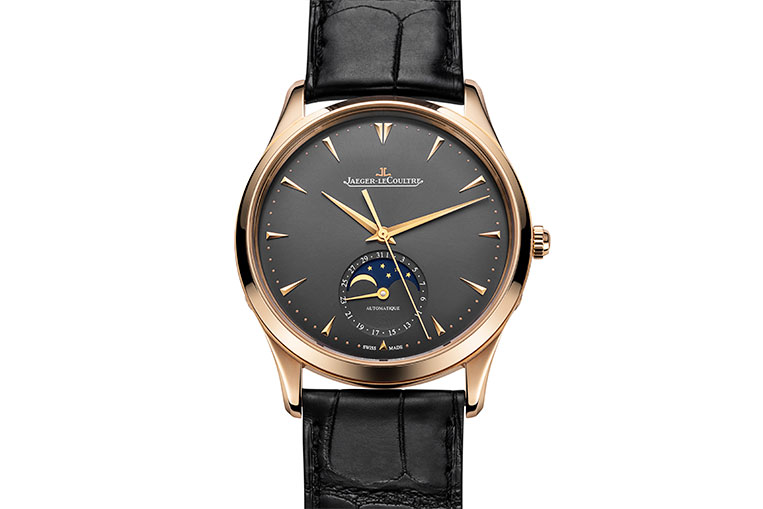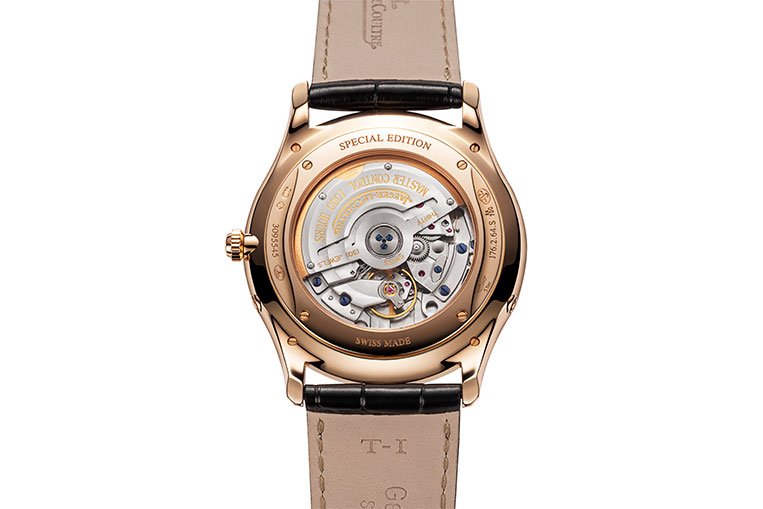Feature: £2,000 vs £10,000 vs £20,000 Watches
Think of a number, any number. Take that number, stick a pound sign in front of it, and chances are, no matter how big or small it is, there’s a watch you can buy for that price. But just because you can spend the money, does that mean what you’re getting is worth it? To answer that question, we’ve got three watches: one for £2,000, one for £10,000 and one for £20,000. The question is, can you tell the difference?
£2,000 - Frederique Constant Slimline Automatic FC-306S4S6B3
For a Swiss watch manufactured by a well-established brand, £1,000–£2,000 is around the entry point, especially on a bracelet. This gets you a stainless-steel watch—no precious metals here, not at this price—that’s well made and contains a mechanical movement, such as this Frederique Constant Slimline.
Although Frederique Constant has developed in-house movements, those are a bit more expensive. Developing an in-house, time-only movement is estimated to cost in the region of £1 million, so it’s understandable for a company with a relatively small output to rely on something more affordable for its cheapest watches.

It’s to a company called Sellita that Frederique Constant turns to here, a Swiss manufacturer of movements based on the expired patents of ETA designs. With parent company Swatch Group restricting access to ETA movements, more and more entry level brands are turning to Sellita to furnish their watches with power.
A Sellita SW 300, a clone of the ETA 2892, is customised for Frederique Constant with an engraved rotor weight. It comes fully finished from Sellita, and for the price offers a respectable specification and aesthetic. Much of the work is performed by machine to keep the costs to a minimum.

The finishing is pleasing, the striping and graining on the larger surface areas catching the light and giving a sense of depth to the material. It’s simple but sweet, a reminder of why you chose to spend a significant amount of money on a mechanical watch rather than settling for something cheaper and less interesting.
A similar approach is demonstrated with the dial, offering a level of quality and finishing that elevates it into the realms of premium—but without costing the Earth. There are little treats like applied markers, a frame for the date window and a subtle texture to the silvery dial. This is the benchmark—so what does a cost five times greater afford?
£10,000 - Jaeger-LeCoultre Master Ultra Thin Moon 136255J

Plucked straight from the Master collection, the Ultra Thin Moon is Jaeger-LeCoultre’s mid-level dress watch. There are sub-second and time-only variants below it and world timer and perpetual calendar variants above, placing the Ultra Thin Moon somewhere in the Goldilocks zone.
We also get the introduction of gold here, too, with the rose gold model costing £14,800 and the white gold £16,800. Steel is still an option at a more wallet-friendly £7,650, placing the collection at an average of around £10,000. It’s a lot more to pay over the Frederique Constant—but is it worth it?
Starting with the dial, the Jaeger-LeCoultre has a rich sunburst finish surrounded by sculpted markers, each separated by precise, semi-spherical dots of gold print. At a glimpse, not so impressive, but with a little magnification the precision comes to light. The Frederique Constant is well-made, but the Master Ultra Thin Moon is leaps and bounds ahead in the finer details.

But it’s on the flipside that the spend really begins to show its worth. Jaeger-LeCoultre’s calibre 925 is not only in-house, but also a masterclass in movement manufacture. There’s a reason all of the top three watchmakers—Patek Philippe, Audemars Piguet and Vacheron Constantin—have all used Jaeger-LeCoultre movements, and the calibre 925 makes that reason obvious.
It’s over-engineered in typical Jaeger-LeCoultre style, the time, date and moonphase complications requiring a whopping 253 parts, more than the average chronograph. It’s here that we’re introduced to one of the biggest time-and-money pits in movement manufacture: hand-finishing.
Never mind the cost of designing and developing your own movement and the tools to do so—it’s the finishing that adds the zeros to the price tag. Most manufacturers produce blank parts via automation, even the big guns, but where a more affordable movement is simply machined and assembled, a more dedicated—read: expensive—watchmaker will first apply graining, striping, bevelling and polishing with hand tools. This can push the time—and cost—to manufacture a movement up by a factor of ten.
But it can be even more than that still, as we’re about to find out.
£20,000 - Vacheron Constantin Traditionnelle Manual-Winding 82172/000R-9888

Now we’re in the realms of the top three watchmakers, namely Vacheron Constantin. Steel is no longer even an option with this Traditionnelle, where we start in white gold at £17,700 and top out at £25,900 in platinum. This rose gold version balances the scales at £20,100. Let’s see what we get for that spend.
If it were a numbers game, it would look like a terrible deal. We’ve lost the date and moonphase function of the Jaeger-LeCoultre, and the automatic winding as well. You have to wind this watch by hand, yourself. Everything else, at a glance, seems incredibly similar to the Jaeger-LeCoultre, yet the gaping chasm in price yawns wide.
It’s to magnification again we go to learn more, starting, of all places, with the second hand. See how the shaft of the hand, as it navigates its sub-dial, is rounded rather than flat? And how the circular mounting plate has a bevelled edge? The Jaeger-LeCoultre doesn’t get that, because it’s very time consuming to do—even if you can only see it with the help of a lens.
And the dial itself, you’ll have noticed it isn’t smooth, or even grained: it has a guilloché pattern, hand-turned on a rose engine—and again, that’s no speedy process. There are so many layers and finishes to the dial that it alone would cost more than the entire Frederique Constant.

Revealing the calibre 4400 AS movement is like seeing in high definition for the first time; there’s a combination of fine, crisp detail and striking contrast that can only be achieved with utmost precision, skill and time—plenty of time.
For instance, the edges of each bridge haven’t simply been bevelled by hand—they’ve been mirror polished by hand, too. If you’ve ever attempted to hand-polish a scratch from your car’s paint, you’ll appreciate that this is a tedious exercise. Now, imagine doing it under a microscope.
And it doesn’t stop there, because every recess, every facet, every component—even the ones you can’t see—get the same attention to detail. That’s why the watch has been awarded the Geneva seal, one of the highest independent standards of watchmaking achievable.
That what can seem so similar in passing can actually be so different describes the very essence of high watchmaking. The focus on detail, no matter how obscure or unseen, to create a benchmark so close to perfection, while upholding standards of tradition, is what turns engineering into sculpture. With an understanding of the work and skill required to create a class-leading watch like this Vacheron Constantin, the differences, after all, stand out like a beacon in the night.
Looking for a Frederique Constant watch? Click here to shop now
Looking for a Jaeger-LeCoultre watch? Click here to shop now
Looking for a Vacheron Constantin watch? Click here to shop now



